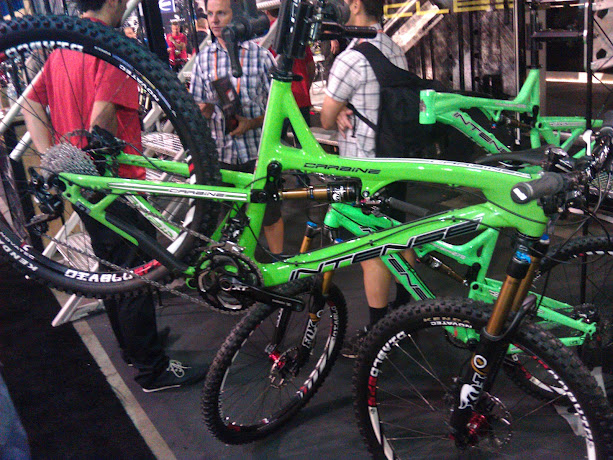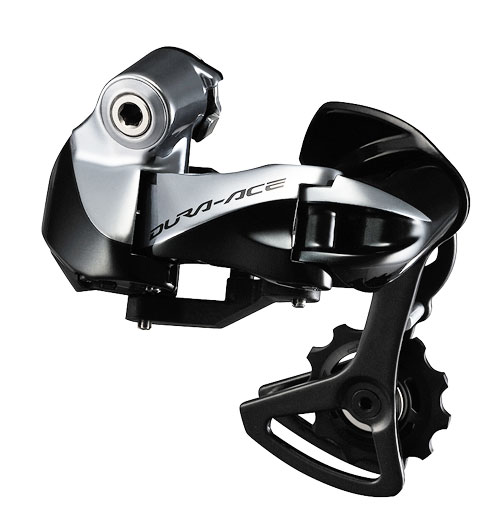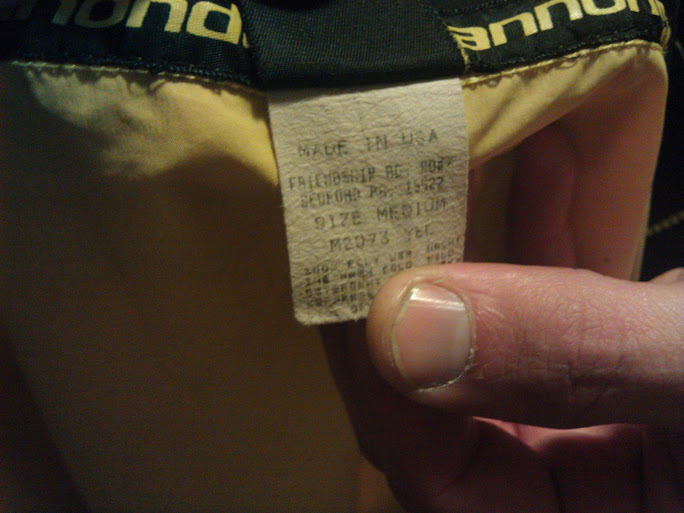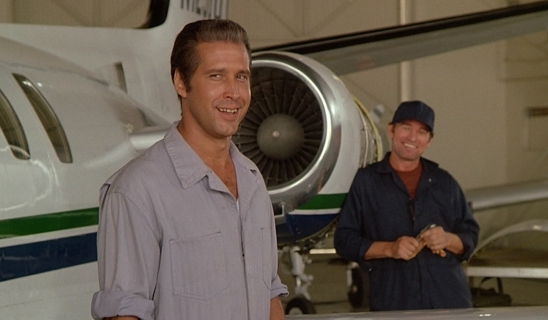Can’t help but spend a few paragraphs taking issue with a reprehensible letter Specialized sent to their dealers, urging them to keep drinking the red (I believe that’s trademarked?) Kool-aid–oh, and just happening to mention that Cannondale sells their bikes at Costco.
Yes, as independently reported by yours truly, Cannondale bikes did make an appearance in Costcos. But the actions of a rogue distributor selling bikes against the company’s policy–a distributor Cannondale has since reportedly shut down–is clearly not the same as Cannondale selling bikes in Costco. For Mike Sinyard to attempt to kick Cannondale in the nuts while they were already hurting would come off as shockingly poor taste, if we hadn’t come to expect it.
Specialized clearly wants to boot all other brands out of brick and mortar shops, and constantly issues the mantra-like refrain that these companies don’t have the best interest of independent dealers in mind. They’re very straightforward about wanting to take over the majority of brick and mortar stores. I suppose that’s why there so many Specialized dealers in the city of Portland. (Why, they’re do dedicated to the LBS that they just have to open up the guy down the street from you, too.)
But the lengths to which they’ll go seem strained lately, as in this Cannondale thing. Really, guys? Did you really feel good about writing that letter? Yes, Cannondale has supply chain issues, and, hey, I guess they deserve them. That’s what you get for making your bikes overseas, whereas Specialized, they, um, well . . . .
To accuse Cannondale of selling in Costco based on an unauthorized incident might be tactically opportunistic, but it’s also just cheesy. Following the criteria Sinyard applied to Cannondale, Specialized is selling their frames direct to dealers on-line. Sure, they’re counterfeit knockoffs, but–following Sinyard’s reasoning in attacking Cannondale–a bike brand is always responsible for the actions of others, regardless of whether those others are selling product to big box stores back into the U.S. without your knowledge, or selling knock-offs on the internet.
Anyway: cheesy. Believe it or not, I think more of Sinyard and Specialized than I let on, but they continue to do things that just strike me as beneath them. I’d be cool to see Specialized apologize for that letter, but I don’t think that’ll happen.
In other news, I’ve avoiding discussion of 650b bikes lately–for no apparent reason, other than I’m just waiting for them to catch on. Like everyone else.
I’d’ve thought I’d come back from Interbike bearing tales of 650b domination. Hoardes of 27.5-inch-wheeled bikes descending on Las Vegas and 26-inch-wheeled bikes on life support. Thing is, it didn’t happen this year.
Sure, there were 27.5 bikes around–some quite nice, but it was also pretty clear that this wasn’t the year. Next year could be a whole different story.
The challenge, of course, is figuring out where we’re going with all these wheel sizes. Given the amount of full-suspension bikes capable of fitting a 27.5-inch wheel into their current molds and geometries, it’s inevitable that they’ll have a much bigger presence soon.
We’ll know they’ve arrived once we see them in Costco.




